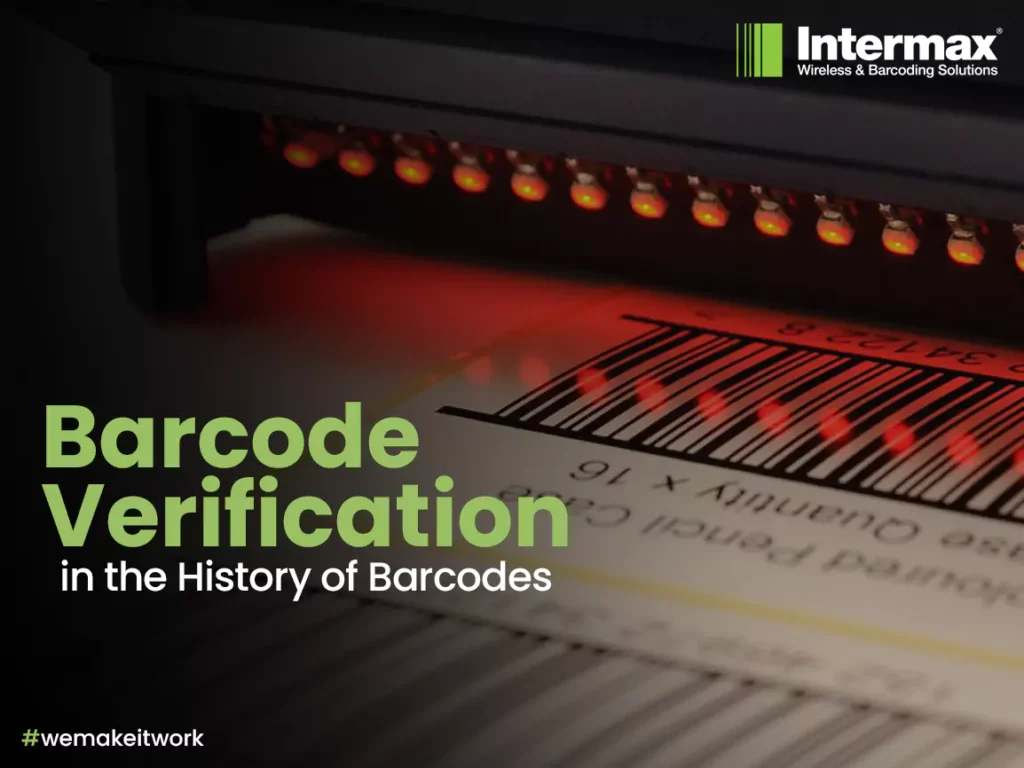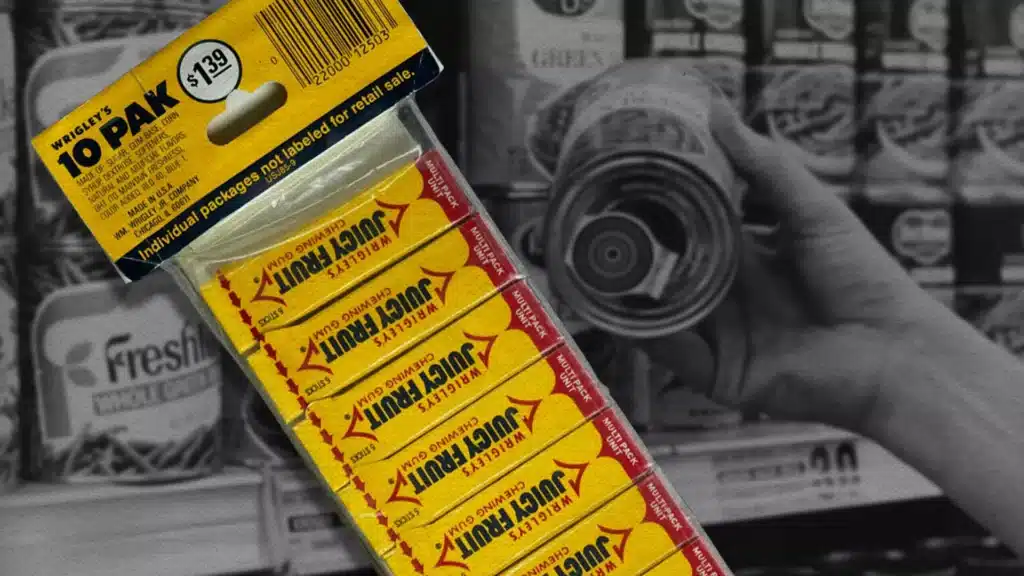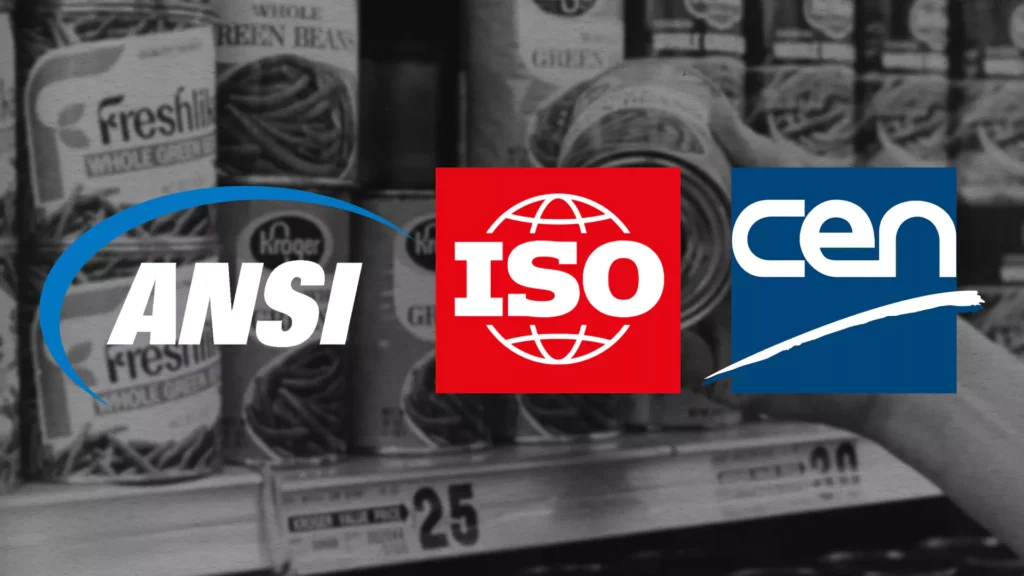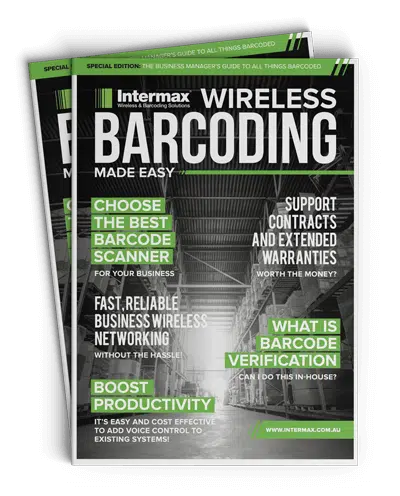
Barcode Verification in the History of Barcodes
In the digital age, where QR codes and contactless payments are commonplace, it’s easy to overlook the groundbreaking technology that paved the way for them: the humble barcode.
While seemingly simple, this series of lines has revolutionised industries from manufacturing to logistics.
Let's embark on a journey through the captivating history of barcodes, brought to you by Intermax Pty Ltd – your barcode solutions expert.





